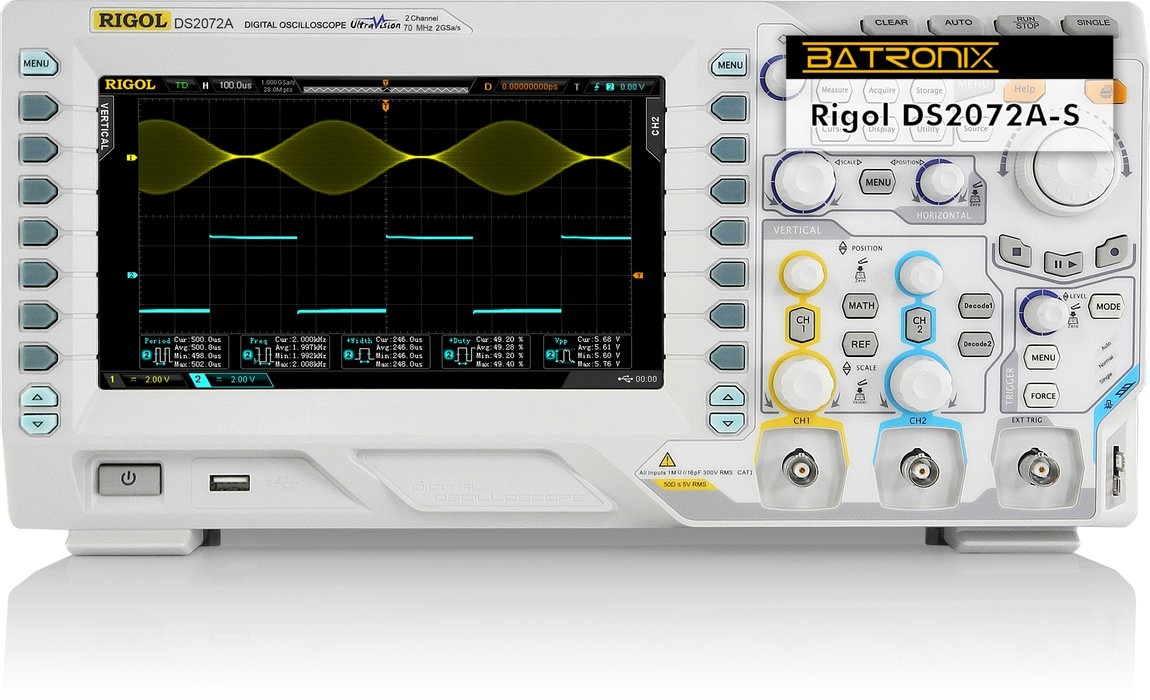Download Free Software Owon Oscilloscope Hack

This tutorial will guide you through the basics of using an oscilloscope, it is meant for someone with very little or no experience with electronics or oscilloscopes. There are many types of oscilloscopes out there, and each is a little different, so I'm going to focus on the essential components that are found in all oscilloscopes and are the most useful when getting started. Oscilloscopes are useful for looking at very fast changes in voltage over time, things that we could not measure with a multimeter.
Usually when you make a measurement with an oscilloscope, you will see a line that stretches from one side of the screen to the other; this line is actually a graph of voltage vs time (fig 2), where voltage is measured along the y axis and time along the x. Oscilloscopes come in two varieties: analog and digital(I'll be using a digital scope in this tutorial). The controls on both types are basically the same; be aware that the digital scopes may hide some of there controls in a menu on the LCD display instead of using knob or button.
Oct 5, 2016 - It's a nominally a 50 MHz scope, but there's a software hack that can bring it up to 100 MHz. Got the same Rigol DS1054Z you got and the Owon SDS7102 as well. Digital cameras hacks, downloads hacks, drone hacks, Engine Hacks, Engineering, Fail of.  How to Hack & Upgrade a Rigol DS1054Z Digital Oscilloscope: The Rigol. Since all of these options are just software upgrades using a generated key. The key generated when I used Microsoftt Edege did not unlock, I download file zip.
How to Hack & Upgrade a Rigol DS1054Z Digital Oscilloscope: The Rigol. Since all of these options are just software upgrades using a generated key. The key generated when I used Microsoftt Edege did not unlock, I download file zip.
All oscilloscopes have some basic controls in common, be sure you can identify these controls on your oscilloscope: - at least one input where an oscilloscope probe (also called a coaxial cable) can be attached (be sure you have one of these cables) - screen with a grid overlay- this grid is useful when you want to make measurements using the scope - volts/div- this control lets you change how many volts are represented by each vertical increment of grid overlay on the screen. Basically, it allows you to zoom in and out along the y axis. - time/div- this control lets you change how much time is represented by each horizontal increment of the grid overlay on the screen. It allows you to zoom in and out along the x axis. - vertical position/offset- lets you move up and down in the y direction - horizontal position/offset- move left and right - trigger level- this is a tool that allows you to stabilize your waveform on the screen, I'll get into the details later on in this tutorial See the images above for examples. Turn on your oscilloscope.
If nothing is plugged into the oscilloscope you should to see a flat line, this means that the voltage of the input is not changing over time. If you see a line that is not flat, try disconnecting the probe from the oscilloscope. If the screen is blank try the following (remember all oscilloscopes are a little different, don't worry about pressing buttons if you're not sure, you won't break anything): - my oscilloscope is a dual channel scope which means it has two inputs. As shown in figure 2, pressing the 'channel 1' button causes that input to display on the screen in yellow. Pressing it again will cause it to disappear. Pressing channel 2 will display that input in blue.